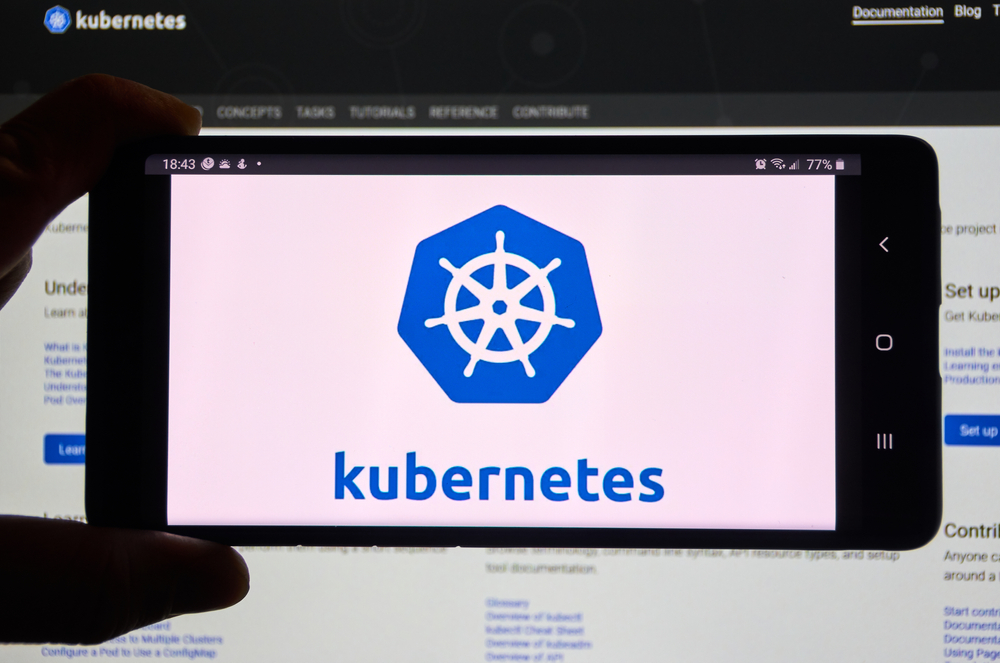Kinsing is a malware that is known to target Kubernetes clusters, which are used to orchestrate containerized applications in cloud environments. Recently, researchers have uncovered new tactics that Kinsing uses to gain initial access to Kubernetes clusters.
One of the main tactics used by Kinsing is exploiting known vulnerabilities in Kubernetes clusters. This includes using known exploits to gain access to the cluster's control plane, which is the central point of management for the cluster. Once access is gained, the malware can then move laterally within the cluster to compromise other resources and steal sensitive data.
Another tactic used by Kinsing is using stolen credentials to gain access to the cluster. This can be done by using a variety of techniques, such as brute-forcing login credentials, or by using a phishing scam to trick users into providing their credentials.
Once initial access is gained, Kinsing can then use a variety of techniques to persist within the cluster, such as installing backdoors or hiding malicious code within legitimate resources. The malware can also exfiltrate sensitive data, such as credentials and sensitive configuration files, to a command and control server.
To protect against Kinsing and similar threats, it's important to keep Kubernetes clusters and their associated resources up to date and patched against known vulnerabilities. It's also important to implement proper access controls, such as role-based access control (RBAC) and network segmentation, to limit the ability of attackers to move laterally within the cluster. Additionally, regular monitoring and incident response planning can help organizations quickly detect and respond to potential threats.
In conclusion, Kinsing is a malware that targets Kubernetes clusters and known for its advanced tactics for gaining initial access. It exploits known vulnerabilities and uses stolen credentials to gain access to the cluster. To protect against Kinsing, it is important to keep Kubernetes clusters and their associated resources up to date, implement proper access controls, and regular monitoring and incident response planning.

Comments
Post a Comment